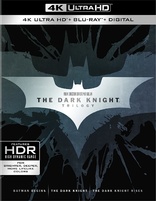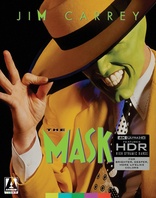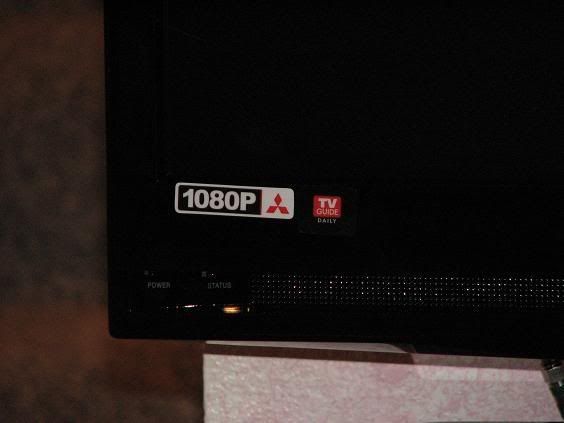Did you know that Blu-ray.com also is available for United Kingdom? Simply select the
|
|
|
||||||||||||||||||||
|
||||||||||||||||||||||
As an Amazon associate we earn from qualifying purchases. Thanks for your support!
×
|
Did you know that Blu-ray.com also is available for United Kingdom? Simply select the |
Best Blu-ray Movie Deals
|
Best Blu-ray Movie Deals, See All the Deals » |
Top deals |
New deals
|
 $37.99 11 hrs ago
|  $14.99 21 hrs ago
|  $29.96 22 hrs ago
|  $22.49 17 hrs ago
|  $22.49 17 hrs ago
|  $27.95 |  $28.99 |  $45.00 |  $23.89 7 hrs ago
|  $28.99 7 hrs ago
|  $29.99 |  $19.99 1 day ago
|
What's your next favorite movie?
Join our movie community to find out
Join our movie community to find out

Image from: Life of Pi (2012)










 Threaded Mode
Threaded Mode